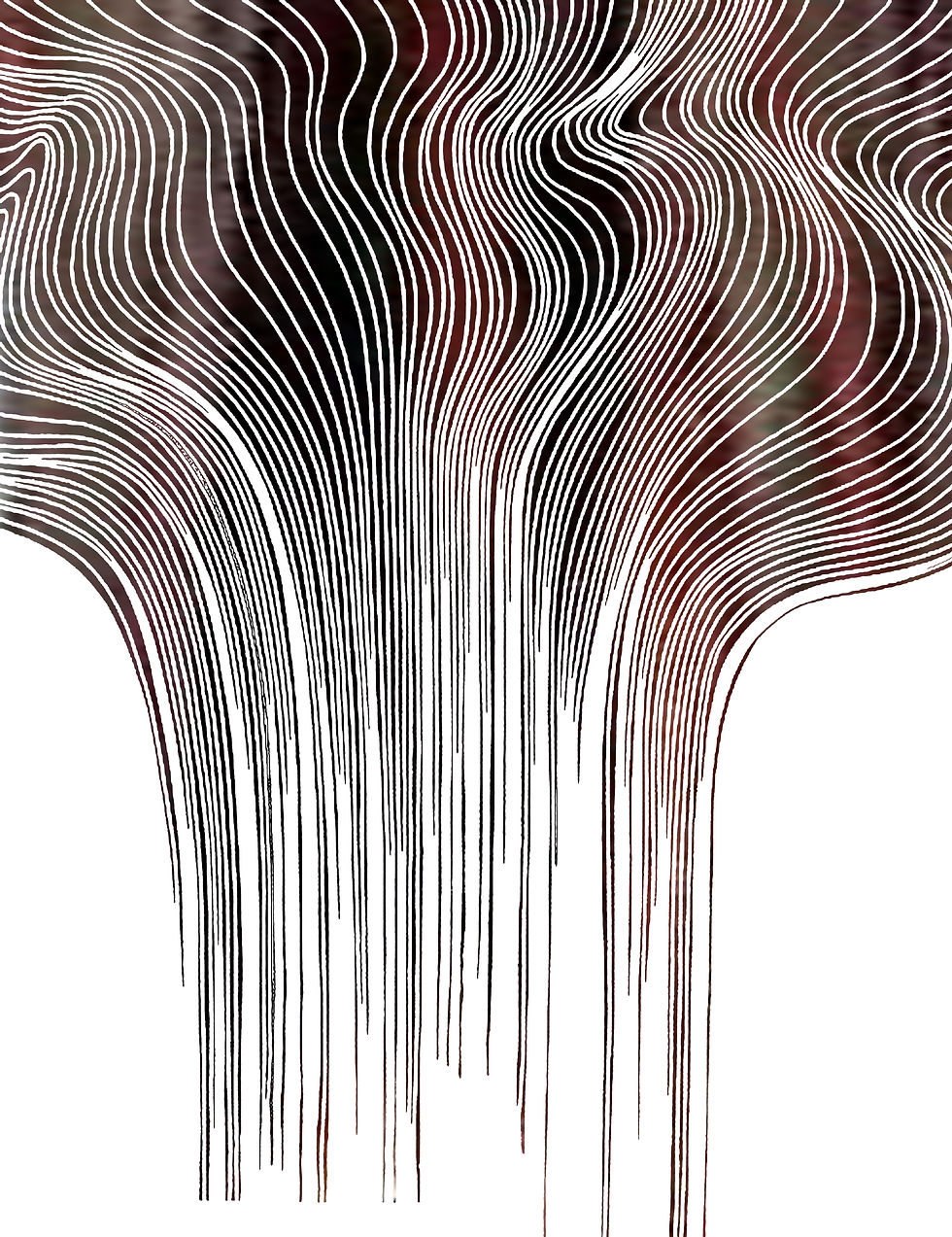- Oct 10
- 2 min read
I like the challenge of seeing what you get when you confuse a computer, if you can do it.
It's a contradiction to start off with, given computers perform binary functions and carry out the instructions you give them, with that naturally leading to something rigid and ordered.
What I want to do is give a computer an impossible instruction and see what happens, or one at least where the instruction is too complex for it to make any sense of so that the result is chaotic.
Take an interesting pattern on a leaf like this:

There is both order and chaos in the colours and patterns on a leaf.
A tree has a code but, each replication is a slight variance, so every leaf is different.
Computers are the antithesis of this.
The genius of human mass manufacturer is to make things that are exactly the same each time. This started with the cogs and wheels we designed to make clocks and then transferred into the the products computers manufacturer.
How then do I reinsert chaos back into a computer process, for the sake of art?
I find older programs like MS Paint are really useful for this as they can carry out basic instructions but can produce disorder if the instructions given are too big.
MS Paint has a image manipulation took where you can change the dimensions of an image by percentage horizontally and vertically. It quickly pixilates and blurs and, with selecting sections of it and expanding again and again something interesting and unpredictable emerges:

From the chaos created beauty can be inputted again, drawing on the colour patterns the computer has created, through the instructions that have disrupted its processes:
Taking a background and putting the colour pattern together makes something beautiful and new:


Something of the impossible order of the biggest thing we know of, and aspects of colour created by the confusion of the computer give us this:
A leaf cosmos:

